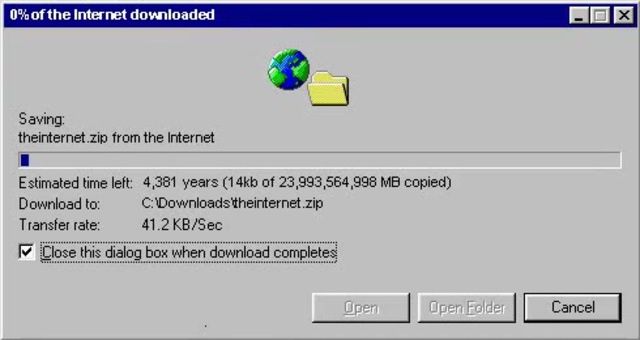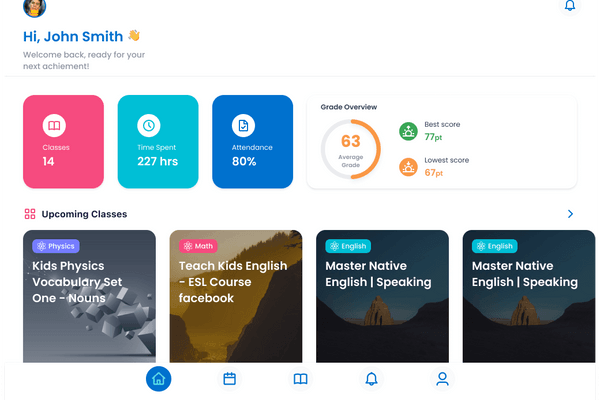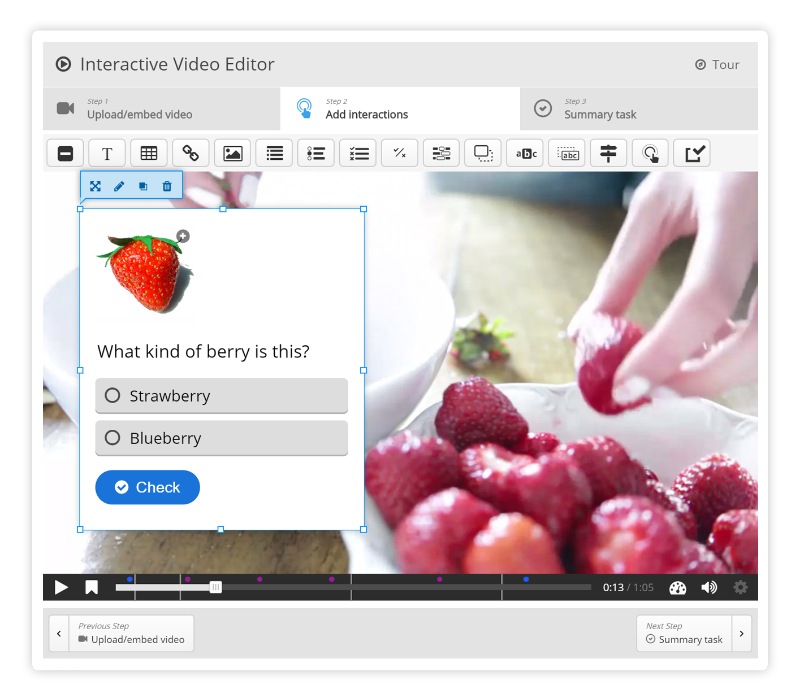
What is Microlearning?
Microlearning is a teaching and learning approach that provides learners with small, bite-sized pieces of content such as short texts, video clips, and infographics. Best microlearning teaching practices mean each class is based around one achievable skill. Students will learn, practice, be assessed and receive feedback all in one session. That’s a lot to deliver, but with a microlearning approach you'll keep your content manageable, actionable and enjoyable.
When did Microlearning become a 'thing'?
Microlearning started its journey to eLearning stardom with the domestic use of the internet in the mid-1990s. The internet revolutionised the way the world was able to learn. Suddenly we could stream our lessons online, or upload learning modules in the space of an afternoon - Growth Engineering
While this revolution spread around the globe, it certainly hadn't reached my secondary school. Even as late as 2010, my school only had dial-up internet, and that hardly worked, probably due to the amount of chewing gum shoved into the dial-up socket.

When did Microlearning become important to you?
I briefly learned about microlearning during my PCGE teacher training. However, it was only during the pandemic that I began to use microlearning practices properly.
The pandemic helped to accelerate many features of online learning, unfortunately at the expense of many other aspects of education. Face-to-face learning was reduced, recreational activities decreased, formal assessments were put on hold and access to resources like art materials, library books, and school computers was cut back entirely.
One of my first glimpses into microlearning practices came when we were given the daunting task of compressing and funneling all our lesson plans and assessments onto an LMS. That's when you really extract the most relevant information. All class materials and demonstrations had to fit on a 16:9 Zoom screen.
When the pandemic hit, learner disengagement, students' concentration, laptop batteries, and teachers' patience all diminished, but microlearning effectiveness increased.
What are the benefits of Microlearning?
Hundreds of independent studies have proven that such interactive micro-learnings outperform traditional static formats, improving the completion rate by 85% and the retention rate by 75% - Mobietrain
All teachers know young learners have a short attention span so microlearning focuses on increasing children’s engagement by using sensory and stimulating materials such as digital flashcards, songs, and interactive games. That said, teenagers don’t have a particularly long attention span either.
Microlearning aims to improve short-term memory by using appealing visual aids and multimedia like infographics, podcasts, competitive games, TikTok videos, and much more.
What were you teaching before Microlearning?
The opposite of microlearning is macro-learning. This would resemble your typical classroom-based teaching focusing on in-depth instruction over a longer period of time.
I never liked this approach, since it was time-consuming to adjust to a 45-minute class. My students always had trouble picking up where we left off. If I asked them what we learned in the last class, they would look at me with a vacant stare.
Much time was wasted reviewing what we’d already studied and reminding students of information they needed to grasp before learning new material.
What makes the LMS so suitable for Microlearning?

Learning management systems complement microlearning in a number of ways. Whether they are applied to a classroom-based learning management system, an online learning system, or on your mobile phone.
Microlearning is well-suited to a LMS because of its:
Accessibility
Flexibility
Personalization
Scalability
Accessibility
A LMS provides a single, centralized platform for delivering microlearning content, making it easy for teachers and learners to access and complete activities anywhere. Whether these activities are time fillers, essential classwork, homework, or extension exercises. Students can complete them at school, at home, or on their phones as they roam.
Flexibility
A LMS can deliver microlearning content in a variety of formats. A wide range of file types are supported allowing you to deliver interactive quizzes, explainer videos, and even educational MUD games. So, whatever your curriculum dictates you’ve got all the microlearning options at your fingertips.
Personalization
A LMS can provide personalized learning experiences. They can recommend activities to help teachers decide what students should learn next. And they can provide instant feedback on quizzes or assessments to let you know if students might benefit from moving up or down a level. Teachers can also create a personalized learning pathway if a student has shown an interest in a particular subject area.
Scalability
A LMS can support large numbers of learners, across all grades, levels, and courses. Teachers and administration staff can enroll more students and add more microlearning content at any time. The most streamlined LMSs are cloud-based, meaning you’ll have more storage than you’ll ever need, and it’s easy to delete data or save it for the upcoming semester, making it an excellent tool for delivering microlearning at scale.
What are the disadvantages of Microlearning?
Microlearning's main disadvantage is that it requires time and effort to condense curriculum-based materials like textbooks, workbooks, and visual aids into concise interactive activities. It takes extensive knowledge of the subject's curriculum to create engaging activities that align with testing rubrics and other related criteria. And it takes a little tech skill to upload, format and manipulate all this education content into your learning management system.
But with the right LMS, all that hard work disappears...
So what's the best LMS for Microlearning?
If teaching remotely taught us anything, it’s that microlearning is effective and here to stay. Content designers, curriculum developers, and exam boards are developing materials with microlearning in mind. Software developers, too, are designing, creating, and continually improving LMS software with microlearning methodology in mind.
One mighty LMS system that’ll support your micro-teaching is LearningOS by OOOLAB.

It's a low-cost and low code system that’ll streamline your content, making it easy to manage and deliver engaging, fun, and bite-sized chunks of learning to your students.

>>>Read more: Utilize the benefits of LMS-microlearning today.
>>> Read more: Addressing declining retail foot traffic issue
>>> Read more: Why is blended learning the future of corporate training
>>> Read more: Why is employee upskilling non-negotiable for business success
>>> Read more: 10 ways that an LMS can revolutionize your corporate training
Learning Management System (LMS) Market size to grow from USD 15.8 billion in 2021 to USD 37.9 billion by 2026, at a Compound Annual Growth Rate (CAGR) of 19.1% - (GLOBE NEWSWIRE)


